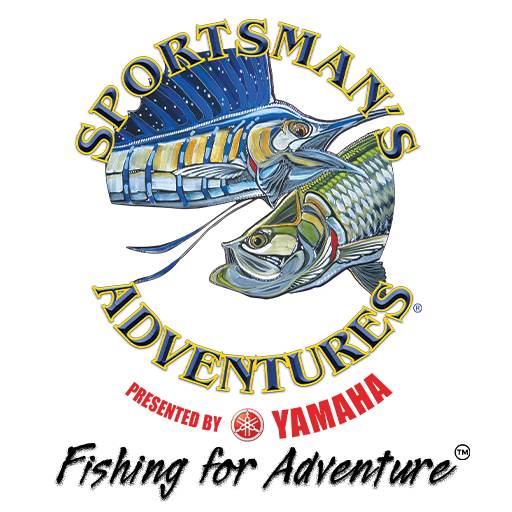TARGETING PERMIT IN THE EAST REGION
Inshore, Offshore, on the Beaches
We’re very fortunate in the east region in that we get a large concentration of permit in our area. Permit come in a variety of sizes, from juveniles up to 30 pounds or more, and they can be caught inshore as well as offshore and on the beaches.
In September and October, we see juvenile or fry permit along the shorelines of the beaches and Indian River. These little guys are anywhere from 1 to 4 inches long, and I regularly catch them in my cast net when throwing it on mullet in the shallows.
We also see one- to eight-pound fish traveling with migrating pompano schools from late fall through spring. These fish are on the beaches and in the Intracoastal as well, and can be caught using sand fleas, shrimp or even ¼-ounce Hook Up Lures Pompano Jig.
We find the largest fish in the warmest months of the year, when the big spawning populations move through the area. We find them on the beaches, rock piles and most of the inlets, as well as on some of the shallow offshore wrecks, usually in less than 75 feet of water. These fish run anywhere from 12 to 30 pounds or more, and usually travel in schools, although singles and pairs are often encountered along the beaches.
Crabs Are the Way to Go
Permit are crab eaters, and they’re really focused on crustaceans as their primary food source. That being said, I’ve caught them on large shrimp, sand fleas and even finger mullet. But for the most part, a live (or dead) crab is the way to go.
Depending on the size of the fish, I’ll target permit with anywhere from 20- to 30-pound Sufix braided line, and the appropriately matched spinning outfit. Spinning rods just cast the crabs better, and when you’re throwing something as small as a silver dollar, it pays to have a 7-foot or 7½-foot rod to get it the extra distance.
Permit can be leader shy, particularly on the wrecks where the water can be gin clear. I usually start with at least three feet of 40-pound Sufix fluorocarbon leader, and if the fish are denying the crab, I’ll drop down to 30 pound, and even 25 pound on rare occasions. Permit don’t have teeth, but they will swim into the wreck, so it’s best to get away with the heaviest leader you can.
For crabs, just about any of the crab species will work (pass crabs, blue crabs or calico crabs), and you want the bait to be anywhere from two to five inches from one point of the shell to the other. A lot of times the crabs are running small, really too small to cast without an added weight, so I’ll put on a ¼- or 3/8-ounce chartreuse jighead, either from Bass Assassin or Hook Up Lures.
The jighead adds casting distance, and it also makes the crab sink, which is the natural action for the bait when it encounters a predator like a permit—it dives for the bottom hoping to hide in the sand.
There are also times when crabs are flowing out the inlets with the tide (usually June, July and August), and that’s when permit can be found popping crabs off the surface. In this scenario, you want to freeline the crab back into the current with no weight and a 3/0 VMC Circle Hook.
When hooking crabs, put the point of the hook in the corner of the shell, and work it through the shell from bottom to top by moving the hook slowly back and forth until you grind the hook point all the way through. That will let the crab remain alive with its legs kicking so that it looks more natural to the permit. That doesn’t mean dead crabs won’t catch permit. If all you have are dead crabs, pin one to a jighead, cast it and just let it fall. It looks like a crab diving for the sand, and a lot of times the permit will instinctively tip their tails and crush it on the way down.
Tight Lines and Good Fishing,
Captain Rick Murphy
